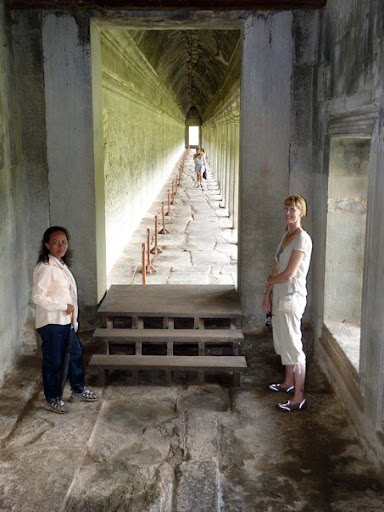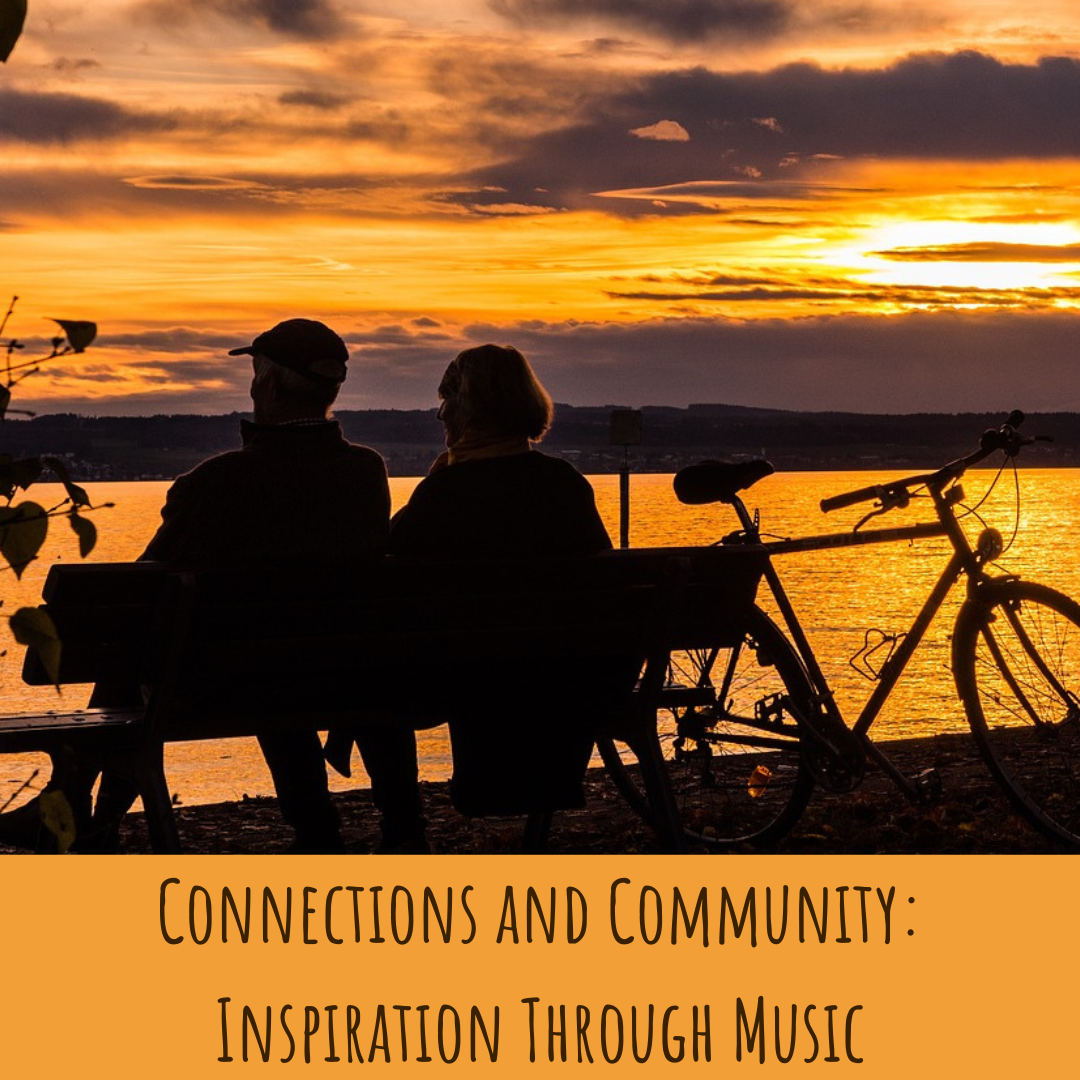From the Killing Fields to a Future: How Ponheary Ly emerged from Darkness into Light
 At the age of 14, Ponheary Ly died and came back to life. At least, that’s how she describes it. The year was 1977, and the Khmer Rouge was on its deadly rampage in Cambodia. After seeing her father killed, along with 13 other family members, Ly was on the run and in hiding when some soldiers accused her of stealing food. They marched her deep into the woods and forced her to dig her own grave.
At the age of 14, Ponheary Ly died and came back to life. At least, that’s how she describes it. The year was 1977, and the Khmer Rouge was on its deadly rampage in Cambodia. After seeing her father killed, along with 13 other family members, Ly was on the run and in hiding when some soldiers accused her of stealing food. They marched her deep into the woods and forced her to dig her own grave.
“The ground was very hard,” Ly recalls. “I only got a few inches down, and then I don’t remember what happened.” The next thing she was aware of was waking up in the shallow pit, covered with dirt. “I must have fallen unconscious, I must have stopped breathing. The soldiers thought I died, and they buried me.”
This was only one of many horrors that Ly survived during the brutal period in her country’s history. After she reunited with her mother and six remaining siblings, the family was forced to start over. Education became her answer.
Ly became a teacher, following in her father’s footsteps. “He must have passed it on to me in his blood,” she says. “His belief in education, and his love of teaching.” She used part of her government salary to create libraries with other teachers, and gave free instruction to children who couldn’t afford to go to school.
Eventually Ly had to admit that she could not support her family on the meager earnings. When Cambodia opened to tourism in the early 1990s, Ly – who speaks English, Russian and French in addition to Khmer – became a tour guide to earn more money.
 But neither she, nor her tourist customers, could escape Cambodia’s poverty and the thousands of children who weren’t going to school. Not when they saw them every day at the historic UNESCO temples, working and begging. Although public education is free in the country, uniforms and books must still be purchased. Teacher salaries are so low and the student/teacher ratio so high that additional paid teachers are required for a quality education. In one of the poorest nations in the world, many families simply can’t afford that.
But neither she, nor her tourist customers, could escape Cambodia’s poverty and the thousands of children who weren’t going to school. Not when they saw them every day at the historic UNESCO temples, working and begging. Although public education is free in the country, uniforms and books must still be purchased. Teacher salaries are so low and the student/teacher ratio so high that additional paid teachers are required for a quality education. In one of the poorest nations in the world, many families simply can’t afford that.
Ly began using her tips to sponsor a child to go to school. That child turned into a few, and then her tourists began giving extra donations as well. Within a year she was helping 40 children get an education.
In 2005, things began to get bigger fast. Tourist Lori Carlson – from Austin, Texas like myself – was so inspired by what Ly was doing that she helped her start a nonprofit foundation to support it. “Lori came only as a tourist,” Ly says, “but the children trapped her heart.”
Carlson agrees. “It was a life-altering event; I knew it the moment it happened. The experience moved something in my spirit I could not turn away from. I could not forget the hope that radiated from these disenfranchised children. It was one of those ‘why we are here’ moments.”
When the two women joined forces, the Ponheary Ly Foundation took off. Today it enables about 2,400 children to go to school, and Ly was named one of 2010's CNN Heroes of the Year. Visiting tourists are encouraged to get involved by donating items, sponsoring lunch at a rural school, or a field trip to the amazing world wonder of Angkor Wat that many locals have never even seen for themselves. Longer term volunteers are also invited to teach English, computer skills and art, as well as provide medical services. “People wanted to help,” Carlson says. “They just didn't know how. All I did by starting the nonprofit was create a way to connect the help that was out there directly to the need.”
When I visited Siem Reap with my boyfriend in October 2010, Carlson invited us to accompany her to a local children’s shelter, where donations of food, books and Tom’s Shoes were distributed. By this time, Carlson was living permanently in Siem Reap, having moved from Texas in 2007 to work full-time at the foundation. “These accomplishments beat every single ‘important’ thing I ever got done at my desk in Austin, hands down,” she told me.

The next day, Ponheary Ly met us at our hotel to take us to Angkor Wat. She was a precise tour guide, inundating us with historic details and in no hurry, allowing us to soak up the magical feel of the temples instead of rushing through. Her own personal love of the place showed through; she came there as a child to play, and she clearly never gets tired of it.
And as we moved through the centuries-old history, some of Cambodia’s more recent, painful history crowded into what Ly shared with us. Gazing at the intricate stone carvings in the walls, one panel depicting heaven and hell showed a young man burning at the stake. “I saw the same thing happen to a boy,” Ly reminisced sadly, but without rancor. “He was catching frogs to eat, and the soldiers called it stealing. They tied him to a tree and burned him alive.”
These are difficult things to hear, of course; but as my boyfriend pointed out, the atrocities are still a part of Cambodia’s history. Perhaps the worst thing for the country would be for tourists to pretend they never happened.
As we spent the day with her, I noticed that it was very difficult for Ly to look at any form of suffering or violence. She turned away from the carved visions of agony on the wall. When we came across a snake in the road that had been run over and crushed by a car, but still alive, she was sympathetic to its pain as it writhed around in its vain death struggle. The tour guide averted her face.
“It is too hard to see,” said Ly, who had already seen far too much killing in her lifetime.
- You can donate or volunteer with the Ponheary Ly Foundation.
- To set up a tour with Ponheary, view itineraries and meet the guides (several other members of her family are also tour guides), click here.
- You can even stay at the foundation’s own Seven Candles Guesthouse, where the Ly family recovered after the Khmer Rouge era and began to rebuild their lives. The guesthouse is very nice, with comfortable rooms and extremely reasonable rates. Both tourists to Siem Reap and long-term volunteers stay here.





















Jefff Cudwoth
Your story of your child hood and your escape to eventually become a teacher is truly inspiring. It really is something to see how the story is coming full circle and you are helping 2400 children go to school. A great deal of pain, but also of hope and success.
Jeff Cudworth, M.S.